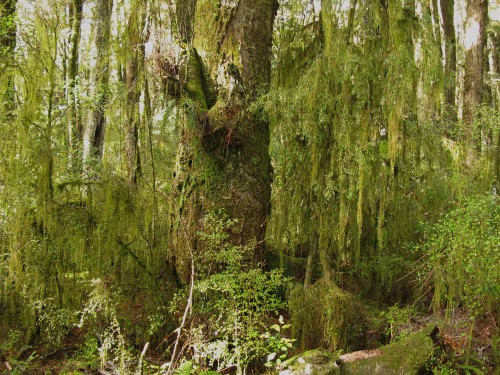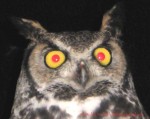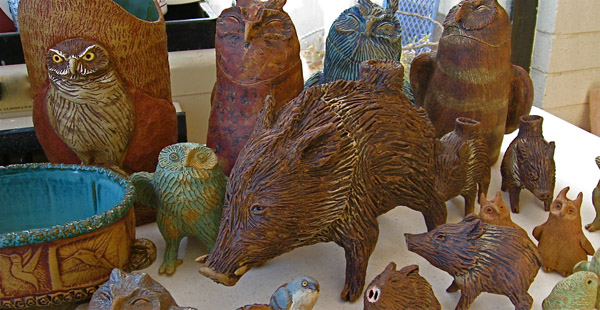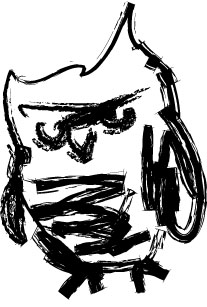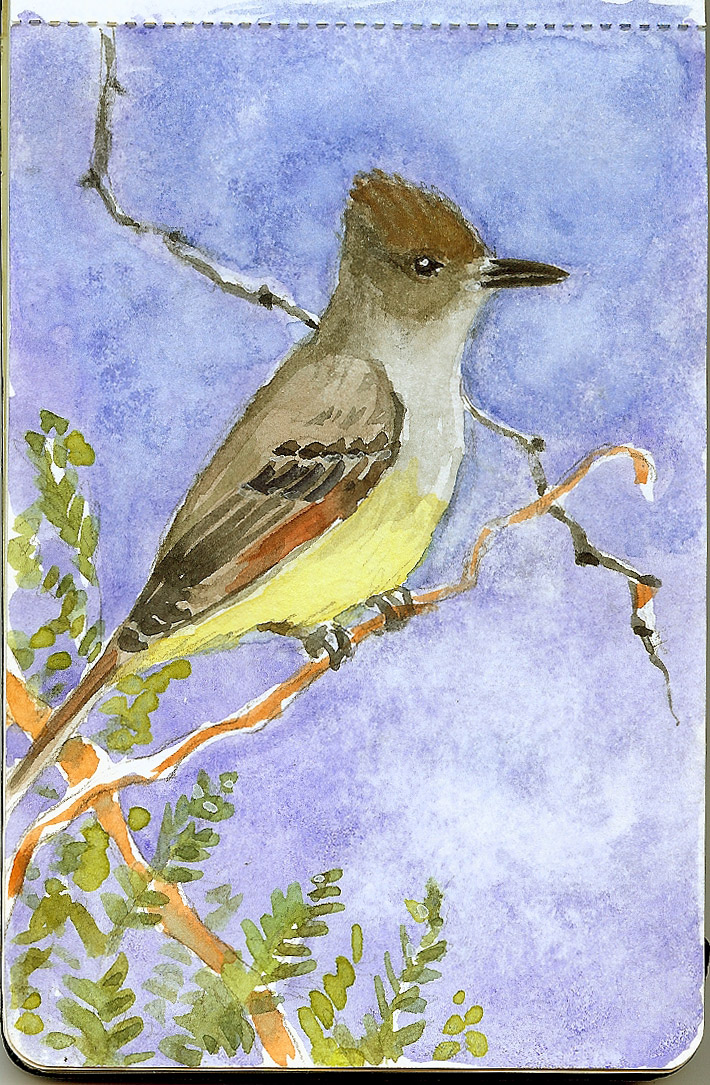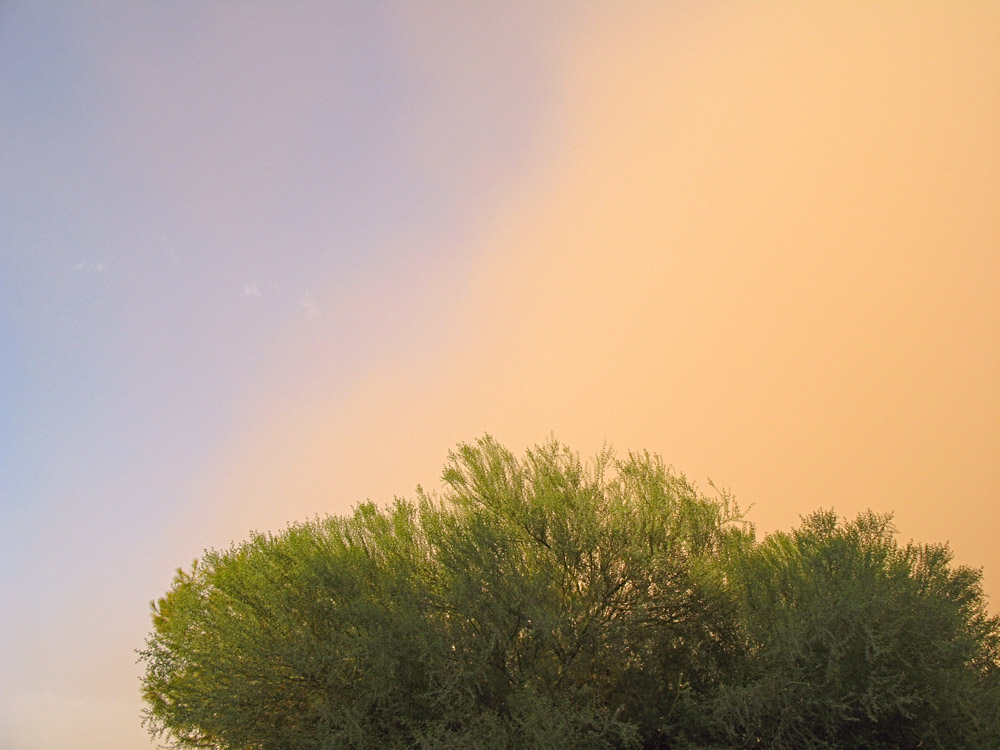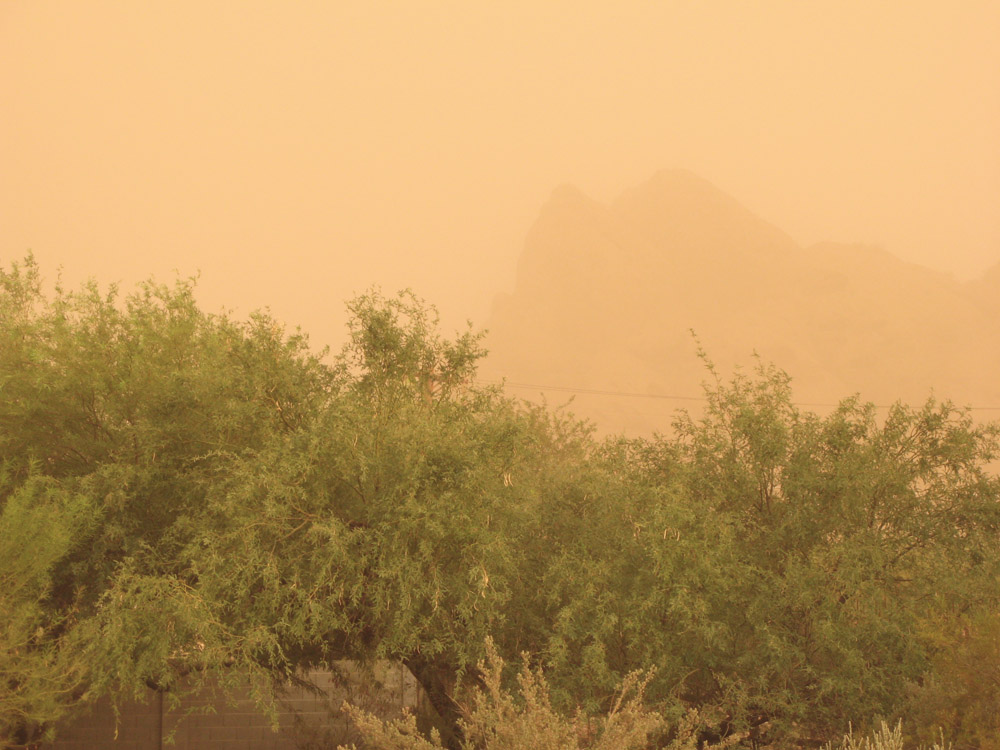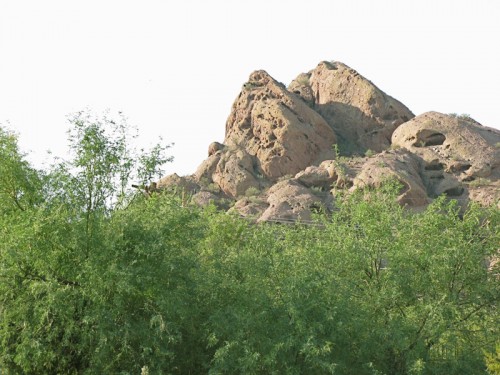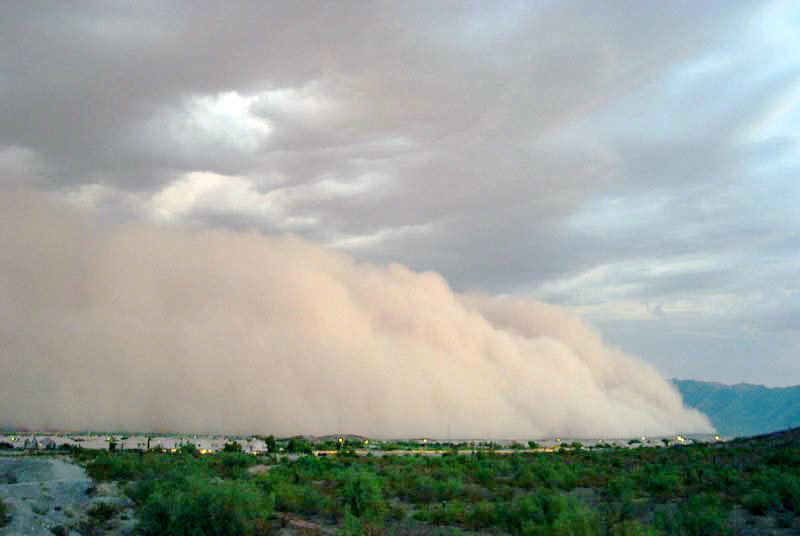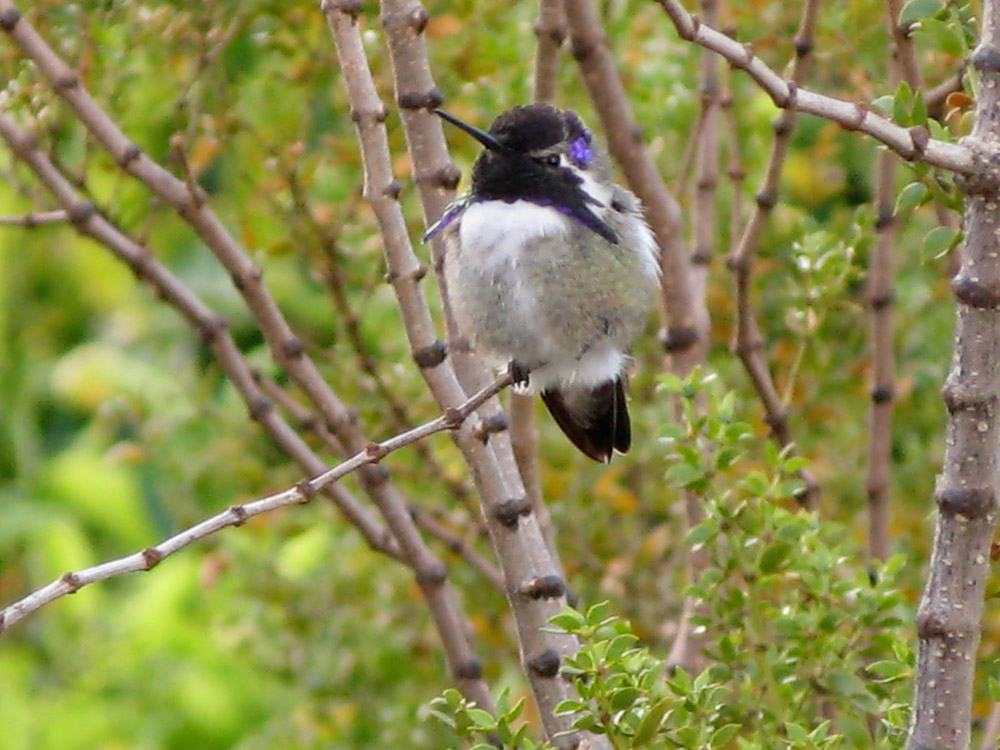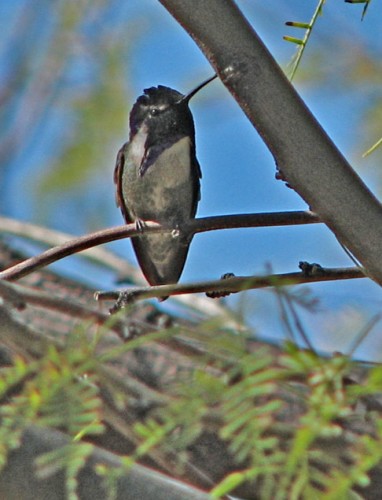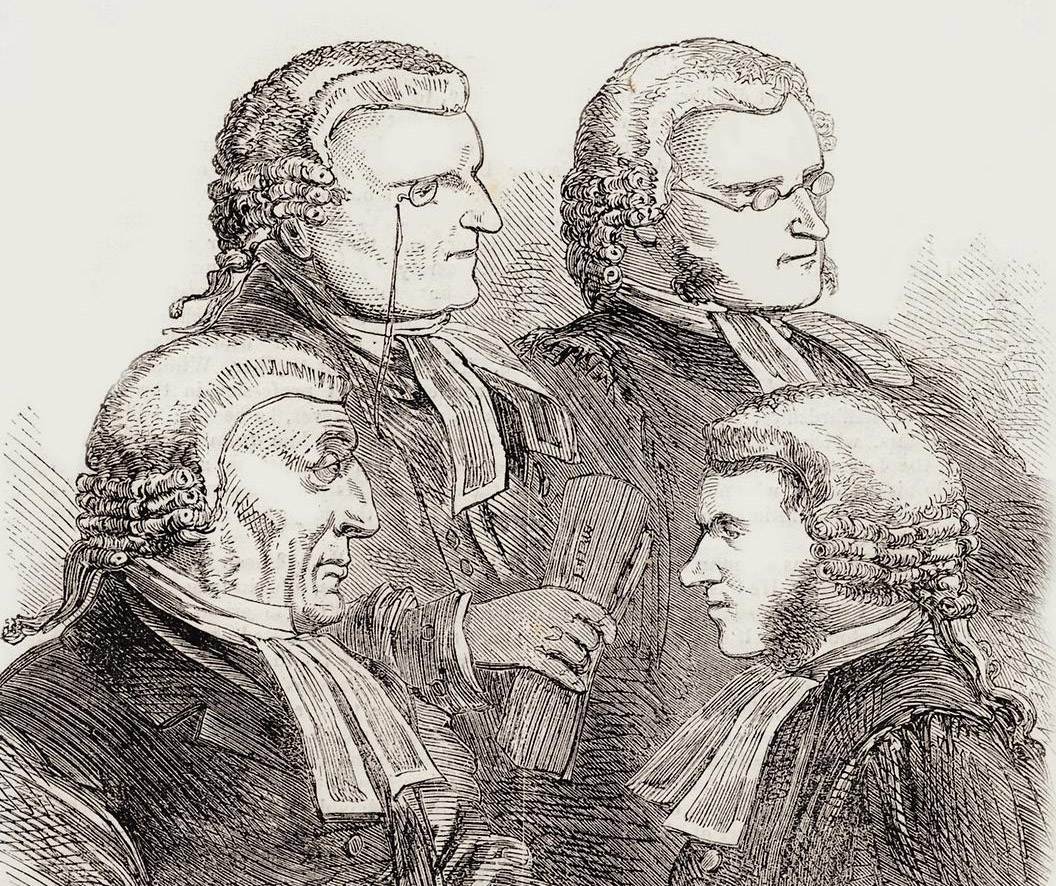
…are not a Victorian law firm.
They are delightfully specific bird-related terms: it seems that falconers and ornithologists, like the French, have a different word for everything.
You can talk about a raptor’s “thumb”, meaning the strong digit that in most birds is at the back of the foot, and people will know what you mean. But there’s a useful Latin term for it, regularly and properly used in both falconry and ornithology: hallux, plural halluces. Ornithologists have assigned birds’ toes numbers to express foot skeletal structure and toe arrangement, and the counting starts at the hallux: it’s 1. Used in an informative sentence: “It’s useful to know that if you have a Great horned owl on the glove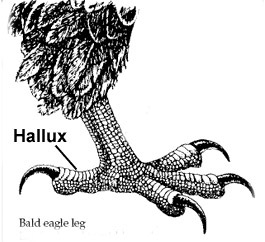 , and it’s gripped your free hand due to your inattention, ask someone to gently pull its hallux upward
, and it’s gripped your free hand due to your inattention, ask someone to gently pull its hallux upward
 to release the grip, avoiding an unpleasant situation involving talons, pain and possible nerve damage.” Actually, hallux is an anatomical term that refers to our own human big toe, too. Any word with an X in it ought to be used as much as possible, says I.
to release the grip, avoiding an unpleasant situation involving talons, pain and possible nerve damage.” Actually, hallux is an anatomical term that refers to our own human big toe, too. Any word with an X in it ought to be used as much as possible, says I.
That would include the word Retrix, which is a tail feather. Plural: retrices. Most birds have ten or twelve, and they are numbered in the order they are shed during a moult, which is from the center of the tail outward: R1 – R6, with the R1s being the two central tail feathers and the R6s being the two outer tail feathers. Additionally, the two central tail feathers are referred to as the “deck feathers” or, as the French call them, les retrices centrales. Used in a sentence: “The deck feathers are the first retrices to be moulted out of the tail.” To learn more about feathers than you wanted to know, check out the Feather Atlas. (Please remember it’s illegal to collect or own non-game bird feathers, by the way.)
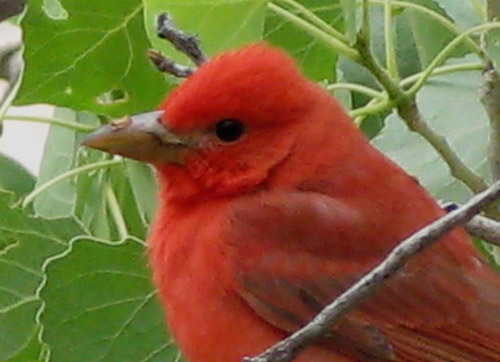 Feak is a verb: feaking describes the action of a bird rubbing or wiping its beak on the perch or branch, usually for cleaning (the beak, not the branch). Raptors do this after feeding to remove excess matter from the beak. Songbirds do it as well, including hummingbirds whom I’ve seen feak after slurping at a nectar feeder. It is a side-to-side motion, like sharpening a knife. A raptor bends forward to feak, a hummingbird just tucks its chin. Unlike the words hallux and retrix which are from the Latin, feak is an Anglo-Saxon word, and though it doesn’t have an X, needs to be said often, just to hear the sound it makes. Used in a sentence: “The Summer tanager should have feaked after eating that juicy katydid.” By the way, I think the French word for feak is feak, but I’m not positive.
Feak is a verb: feaking describes the action of a bird rubbing or wiping its beak on the perch or branch, usually for cleaning (the beak, not the branch). Raptors do this after feeding to remove excess matter from the beak. Songbirds do it as well, including hummingbirds whom I’ve seen feak after slurping at a nectar feeder. It is a side-to-side motion, like sharpening a knife. A raptor bends forward to feak, a hummingbird just tucks its chin. Unlike the words hallux and retrix which are from the Latin, feak is an Anglo-Saxon word, and though it doesn’t have an X, needs to be said often, just to hear the sound it makes. Used in a sentence: “The Summer tanager should have feaked after eating that juicy katydid.” By the way, I think the French word for feak is feak, but I’m not positive.
Falconry is well-stocked with this and other specialist vocabulary, like stoop, warble and rouse, or yarak, haggard and crab — not to mention bate, creance and imp — each of which sounds like a Bleak House Dream Team.
(Photo, Summer tanager, A.Shock)

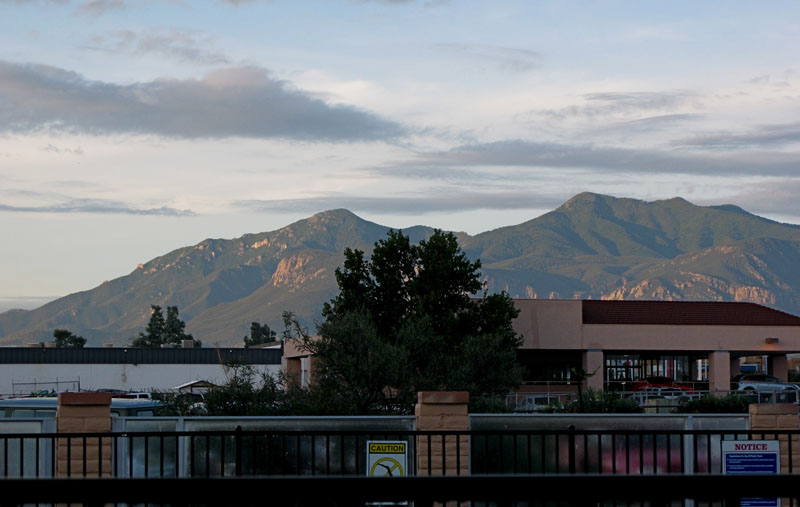
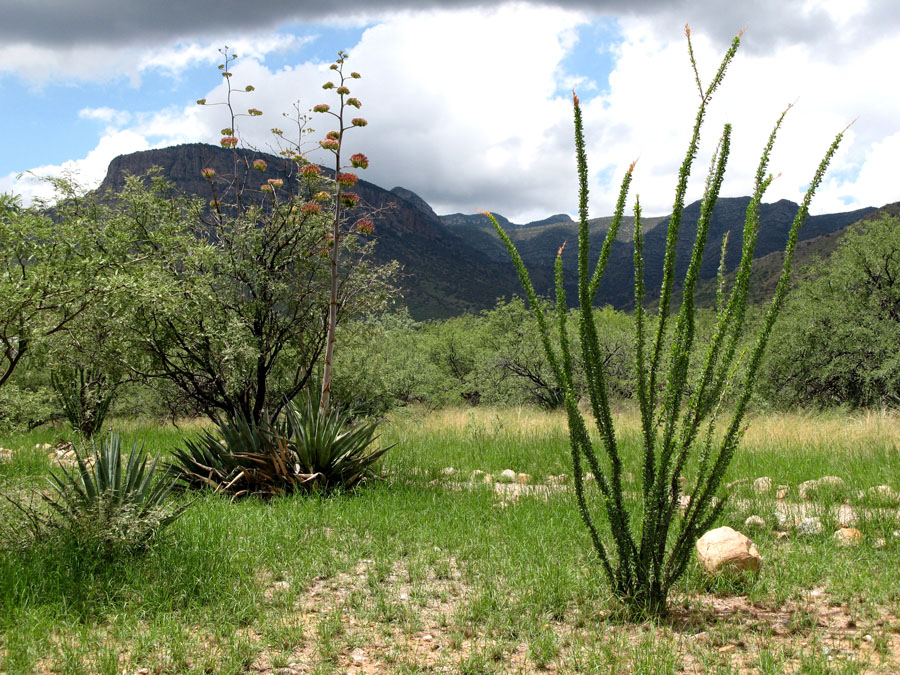
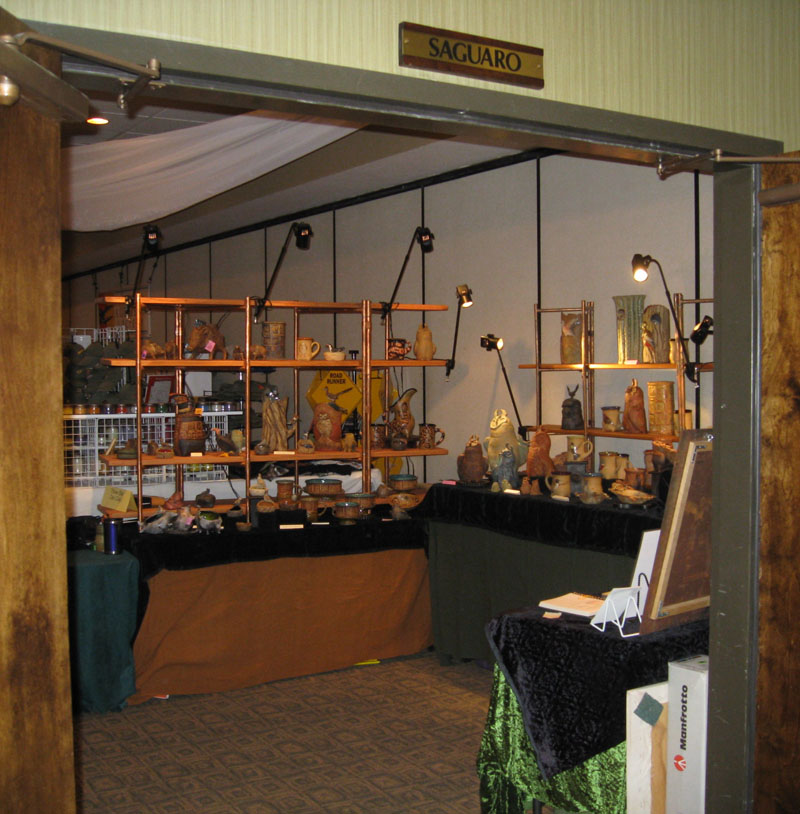
 Allison does not consider herself a wildlife artist,
but an observer who takes notes in clay.
Allison does not consider herself a wildlife artist,
but an observer who takes notes in clay.
